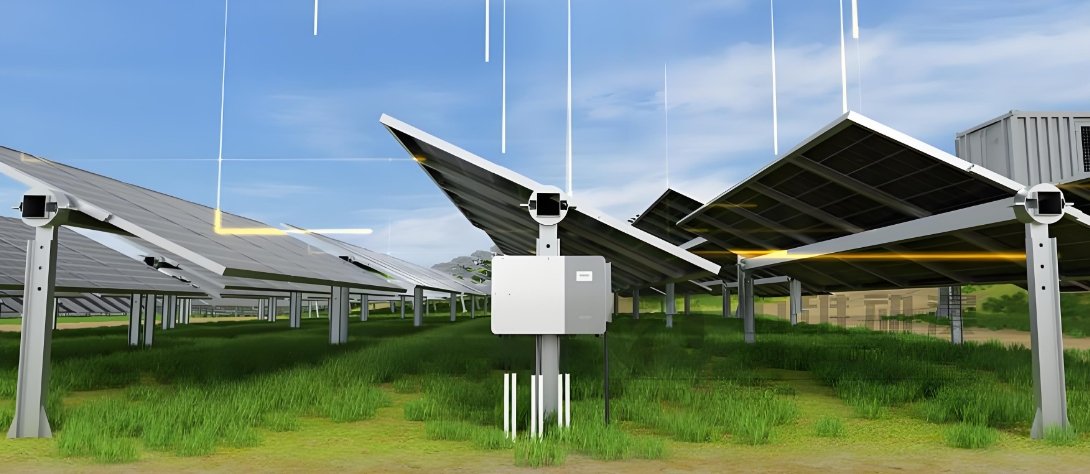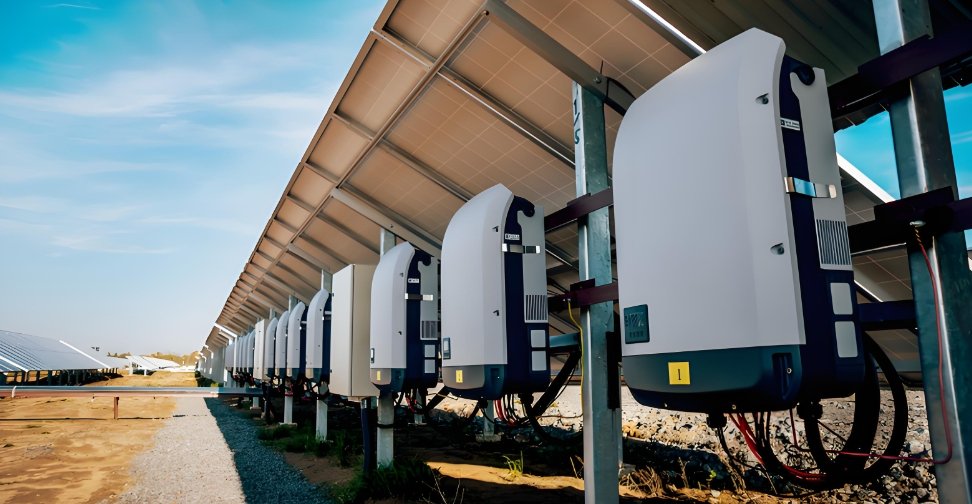Inverter efficiency refers to the ratio of the amount of DC (direct current) power converted into AC (alternating current) power by the inverter. Higher efficiency means less energy is lost during the conversion process, which translates into more usable power for your system. Understanding inverter efficiency helps in maximizing the output of your solar or electrical system.
Definition and Formula
Inverter efficiency is calculated as the ratio of the AC output power to the DC input power.
The formula for inverter efficiency is:
Efficiency (%) = (AC Output Power / DC Input Power) × 100
This formula tells you how much of the energy from your solar panels or battery is being converted into usable power for your home or business. For example, if your inverter converts 750W of AC power from 800W of DC input, the efficiency would be:
Efficiency = (750W / 800W) × 100 = 93.75%
Typical Efficiency Ranges
Inverter efficiency typically ranges between 90% and 98%.
Here’s a breakdown of typical efficiency ranges for various inverter types:
- String Inverters: 92% - 97%
- Microinverters: 95% - 98%
- Hybrid Inverters: 92% - 97%
- Central Inverters: 94% - 98%
A higher efficiency is often associated with better quality inverters, as they lose less energy in the conversion process.
Types of Losses
Inverters experience several types of losses during the DC to AC conversion.

The main losses include:
- Conversion Losses: Energy lost in the process of converting DC to AC.
- Thermal Losses: Heat generated by components such as the transformer and capacitors.
- Switching Losses: Energy lost when the inverter switches between states (on/off).
- Core Losses: Energy lost in the magnetic core of the transformer.
Understanding these losses is crucial for assessing the efficiency of an inverter.
Factors Affecting Efficiency
Several factors can affect an inverter's efficiency, including temperature, load conditions, and component quality.

Some key factors include:
- Temperature: High temperatures can reduce an inverter's efficiency.
- Load Conditions: Inverters tend to be more efficient when operating near their rated capacity.
- Component Quality: High-quality capacitors and other components result in better efficiency.
- Input Voltage: The inverter is more efficient when the DC input voltage is optimal for its design.
Types of Efficiency Measurements
Inverter efficiency can be measured in several ways, each useful for different conditions.
The most common methods include:
- Peak Efficiency1: The highest efficiency the inverter can achieve under ideal conditions.
- Euro Efficiency2: A weighted average of the inverter's efficiency under various conditions.
- CEC Efficiency3: Efficiency measured according to real-world conditions specified by the California Energy Commission.
These methods help in understanding the inverter’s real-world performance.
Importance of High Efficiency
Choosing an inverter with high efficiency is important for several reasons.

Higher efficiency means that more energy is converted into usable power, leading to:
- Increased Energy Output: Less power is lost in the conversion process.
- Lower Operating Costs: More efficient systems save money on electricity bills by producing more usable power.
- Extended Lifespan: Inverters with higher efficiency typically generate less heat, reducing the strain on the system and increasing its lifespan.
For homeowners and businesses alike, a more efficient inverter ensures a greater return on investment over time.
Conclusion
Inverter efficiency is a critical factor to consider when selecting an inverter for your system.
It impacts both the energy output and the long-term cost-effectiveness of your system. By understanding the factors that influence efficiency and measuring it correctly, you can make a more informed choice and ensure that your solar or electrical system operates at its best.
A higher efficiency inverter will provide better performance and greater energy savings, making it an essential choice for any solar or power system.
Footnote:
-
This link explains peak efficiency, its significance, and how it represents the highest performance of an inverter under ideal conditions. ↩
-
This link explains Euro efficiency, a weighted average metric that evaluates an inverter's efficiency under varying real-world conditions. ↩
-
This link explains CEC efficiency, a real-world efficiency standard defined by the California Energy Commission to assess inverter performance. ↩




